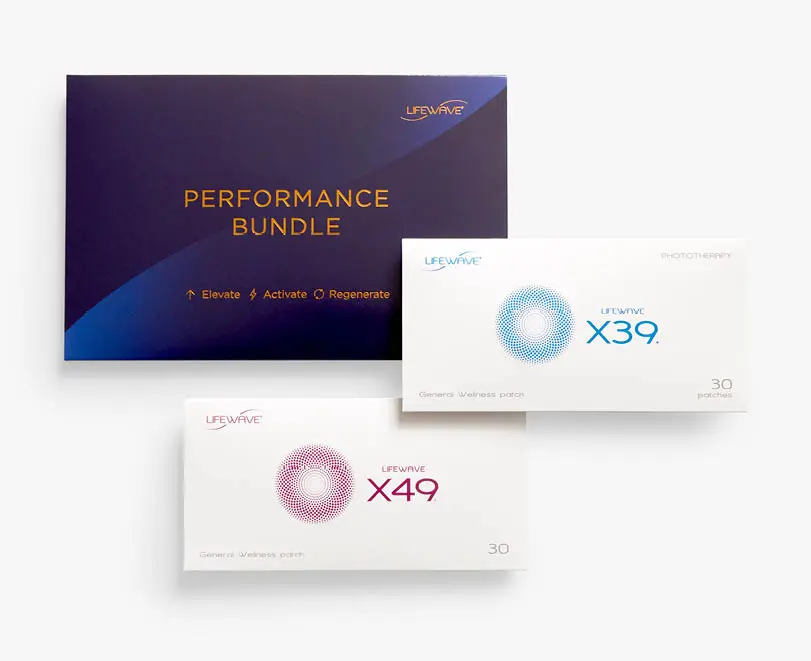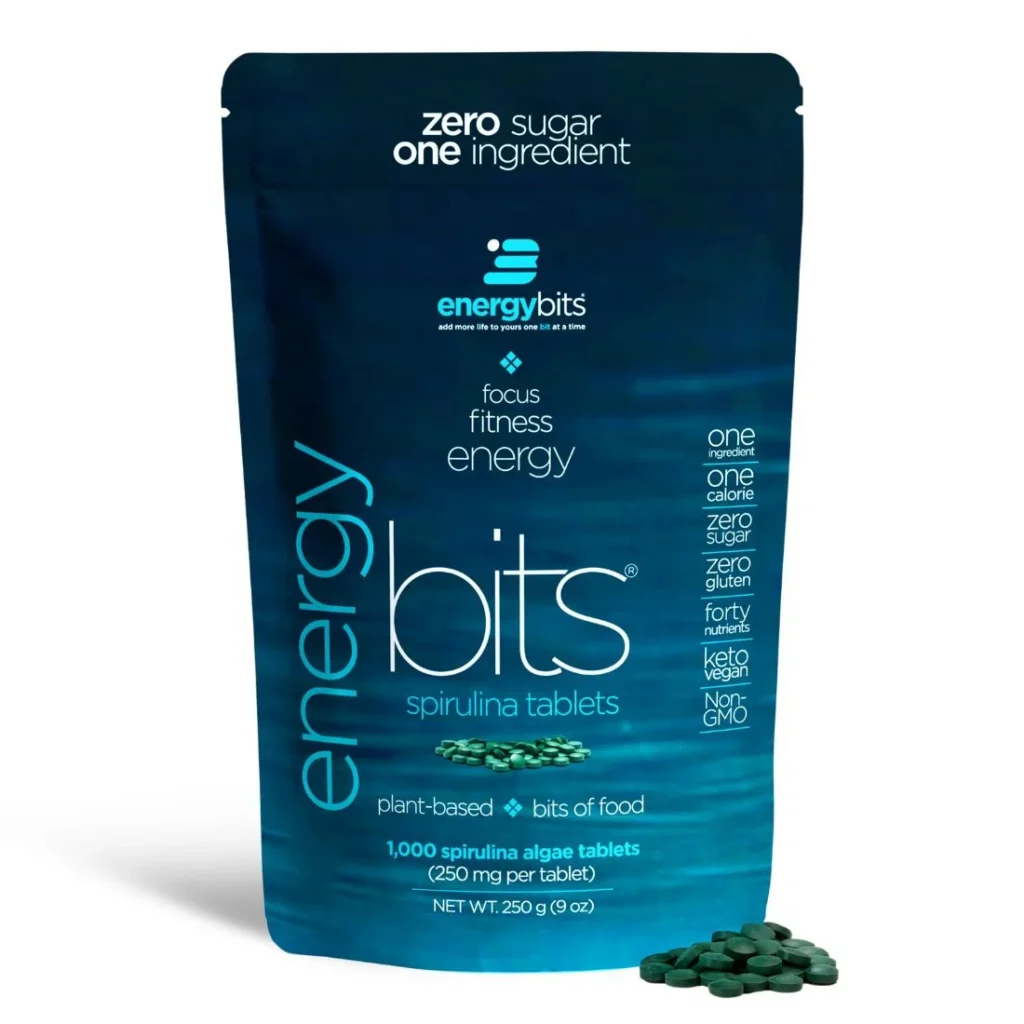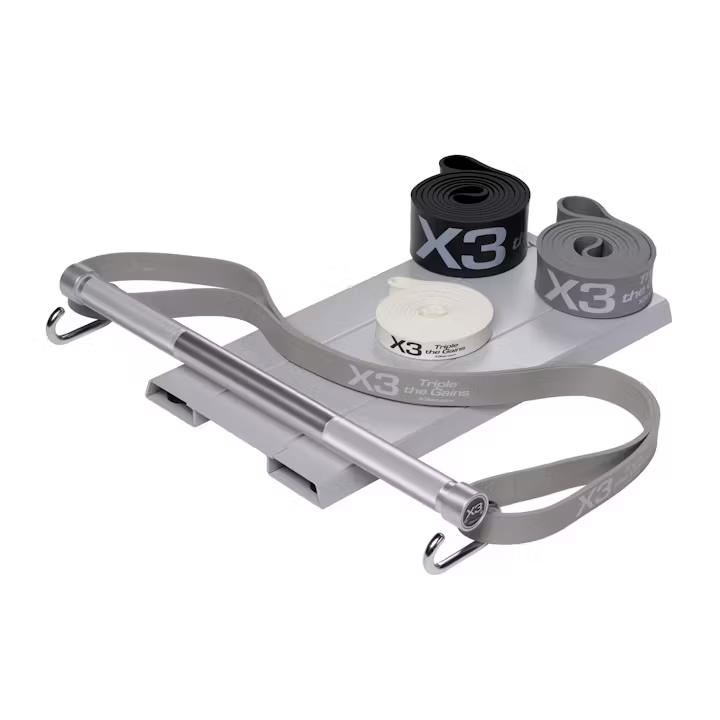Did you know that the order in which you eat your food can significantly impact your blood sugar levels? Research shows that structuring your meals properly—starting with vegetables, then fats and proteins, and finishing with carbohydrates—can help prevent blood sugar spikes, improve insulin sensitivity, and support weight management.
In this article, we’ll break down the science behind meal sequencing and provide a practical guide to optimizing your eating order for better metabolic health.
Why Food Order Matters for Blood Sugar Control
A 2010 study published in Diabetes Care found that eating vegetables and protein before carbohydrates reduced post-meal blood sugar spikes by 37% compared to eating carbs first. Here’s how it works:
Fiber First: Vegetables slow digestion and create a “mesh” that reduces carb absorption
Protein & Fat Middle: These macronutrients further slow gastric emptying
Carbs Last: By the time carbs reach your system, their glucose impact is blunted
This simple strategy is particularly beneficial for:
- People with prediabetes or type 2 diabetes
- Those struggling with insulin resistance
Anyone looking to maintain steady energy levels
The Optimal Eating Sequence (Step-by-Step)
Follow this science-backed eating order at every meal:
1. Start with Fiber-Rich Vegetables (5–10 minutes before main meal)
Best options: Leafy greens, broccoli, Brussels sprouts, asparagus
Portion: Fill ½ your plate
Why: The fiber forms a protective barrier in your gut
2. Add Healthy Fats
Best options: Avocado, olive oil, nuts, seeds
Portion: 1–2 tablespoons of fat
Why: Fats trigger satiety hormones and slow digestion
3. Include Quality Protein
Best options: Grass-fed meat, wild fish, eggs, legumes
Portion: Palm-sized portion
Why: Protein stimulates GLP-1 (appetite-regulating hormone)
4. Finish with Complex Carbohydrates
Best options: Sweet potatoes, quinoa, brown rice, berries
Portion: ¼ plate or less
Why: Now their glucose impact is minimizedPro Tip: Wait at least 10 minutes between starting vegetables and eating carbs for maximum effect.
Sample Meal Using This Method
Meal: Grilled salmon with roasted vegetables and quinoa
Eating Order:
- First: Large salad with mixed greens, cucumbers, and olive oil dressing
- Next: Salmon with roasted Brussels sprouts
Last: Small portion of quinoa

Additional Blood Sugar Control Strategies
Pair this eating order with these habits for even better results:
- Walk for 10 minutes after meals to lower blood sugar
- Stay hydrated — dehydration can raise blood glucose
- Manage stress — cortisol increases insulin resistance
When to Seek Professional Guidance
If you’re struggling with:
- Consistently high blood sugar readings
- Unexplained weight changes
- Severe energy crashes
Consider booking a personalized consultation to address potential metabolic imbalances.
Final Thoughts
This simple eating sequence strategy—vegetables → fats → proteins → carbs—is an easy, free, and effective way to better control your blood sugar. Implement it consistently for 2–4 weeks and monitor how you feel.
Want more science-backed nutrition strategies? Explore our wellness resources for deeper insights.






















